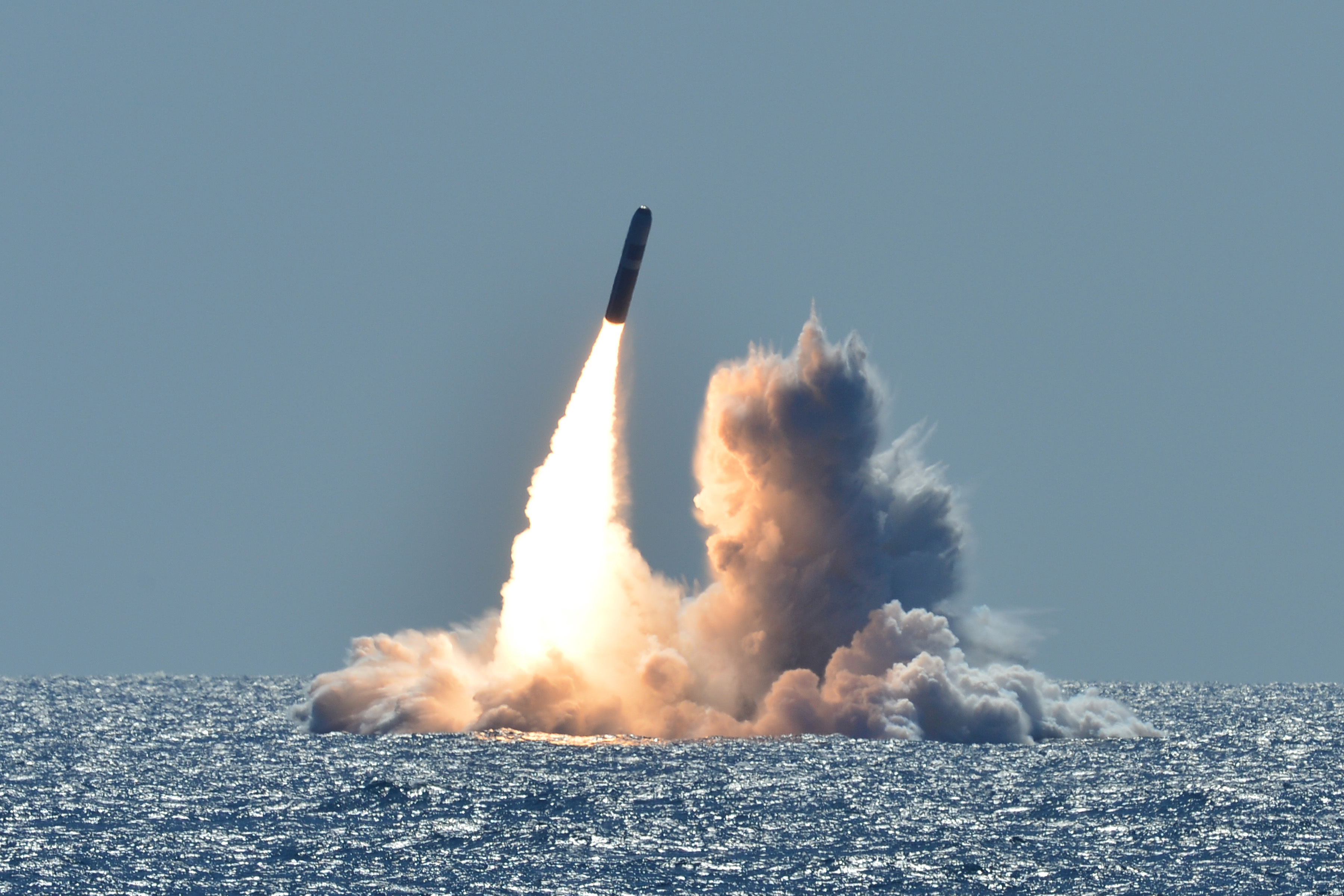
WASHINGTON, D.C. – House Armed Services Committee members on both sides of the aisle have different defense spending priorities but there’s not much daylight between Republicans and Democrats on the final topline spending number.
The HASC marked the Fiscal Year 2020 National Defense Authorization Act with $632.9 billion in DoD base spending, and $69 billion in Overseas Contingency Operations funding, Rep. Adam Smith (D-Wash.), chair of the committee, said Monday while speaking at the Center for Strategic and International Studies in Washington. His committee is scheduled to debate the mark tomorrow.
While for the most part, the HASC subcommittee priorities in the FY 2020 NDAA were not controversial, a few issues are bound to be debated by the full committee. One involves the proposal to prohibit the Navy from deploying submarines with low-yield nuclear warheads onboard.
Smith has long been a vocal critic of the plan. Speaking at CSIS on Monday, Smith said, “I don’t think we should build” them, citing an existing inventory of low-yield bombs that could be used by the Air Force.
If “proportionality” of response to an attack by the Kremlin is the argument, “Russia needs to understand [using any] nuclear weapons are an absolute red line. …You can’t win nuclear war,” Smith said. “Nuclear weapons are different from everything else. …If you use it, you’ve opened Pandora’s box.”
Rep. Mac Thornberry (R-Texas), the HASC ranking member, would like the NDAA to authorize the Pentagon to spend more money on low-yield nuclear warheads and military construction, even if such funding is steered away from the Pentagon to pay for building a wall along the U.S. border with Mexico.
Thornberry and other Republicans on the committee disagree with limiting the production of low-yield nuclear weapons. They consider doing so puts the U.S. at a disadvantage.
“The Chairman’s mark also makes unsafe and unwise cuts to nuclear modernization programs, including NNSA (National Nuclear Security Administration) programs, designed to keep our deterrent credible and safe. The nuclear deterrent is the cornerstone of our national security and nuclear modernization efforts have been a priority for Republican and Democrat administrations,” Thornberry said in his statement.
Funding for military construction projects, typically not a controversial element of NDAA debates, is also likely to be an issue this year. Smith’s mark does not provide the Army with $7.2 billion in OCO military construction funding, as proposed by the President’s Budget request, to backfill FY 2019 military construction projects and to provide new border wall funds for FY 2020.
“Members are concerned over the administration’s diversion of construction projects to border barriers,” Thornberry acknowledged in his statement Monday. However, he added, he “does not believe that our troops should pay the price for political discord in Washington.”
In a release Monday, Thornberry said it was inappropriate for Congress even to consider imposing arbitrary and insufficient spending levels for validated military requirements with bipartisan support.
Citing recent Congressional testimony from the Pentagon’s leadership, Thornberry in a statement released Monday said, “the military’ budget must grow between three and five percent through 2025 in order to restore readiness and maintain our competitive edge against Russia and China. The Chairman’s Mark does not meet that standard.”
On Monday, Thornberry announced he’s introducing an FY 2020 NDAA amendment proposing an increase to the top line funding level and opposing any move to alter what will become the agreed upon FY 2020 NDAA topline funding level.
“This amendment gives Members of the Armed Services Committee the chance to build on the progress we have begun. No political agenda or tactical maneuver should prevent the Committee from adding the real and urgent national security needs of the nation and the proper support for our troops,” Thornberry said in a statement released Monday.
Overall, Smith said he, Thornberry and the committee members have worked to continue the panel’s tradition of bipartisanship on defense. By Thursday, Smith said everyone would have a clearer idea of the House defense priorities.
After the House approves its FY 2020 NDAA, a conference committee will settle differences between what passes the House and Senate versions. For 58 straight years the authorization bill has cleared Congress before the start of the Oct. 1 fiscal year, Smith said.
However, even if a bipartisan FY 2020 NDAA passes before the fiscal year start, the topline spending authorization could be void. Congress and the White House must reach a budget deal lifting spending caps imposed by the Budget Control Act of 2011, Smith said. Under a budget control act spending cap scenario, Smith said the Pentagon’s spending automatically drops to between $570 billion and $580 billion.
“I don’t think [acting White House Chief of Staff Mick Mulvaney] understands how to get out” of the impasse over raising spending caps set by the Budget Control Act.
The president’s Department of Defense budget request of $750 billion gets around the spending caps by using $165 billion from the Overseas Contingency Operations [OCO] account, Smith said. OCO funding is supposed to be used to fund wartime spending for military activities in Afghanistan, Iraq and Syria.
“Everybody will tell you [that shifting of spending from one account to another] is not going to happen,” Smit said. “We decided to call if faux OCO, fake OCO.”





